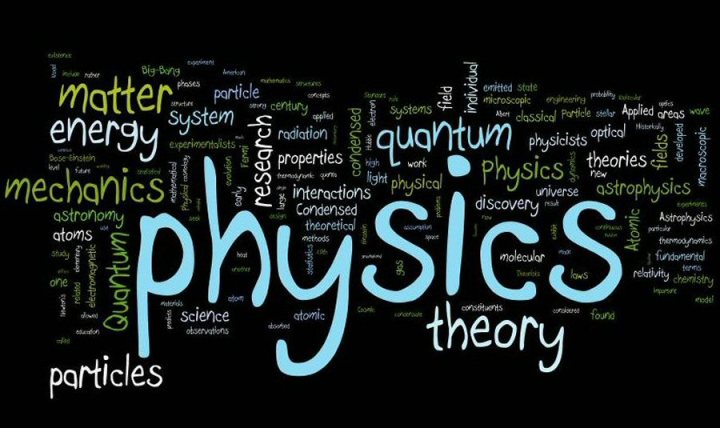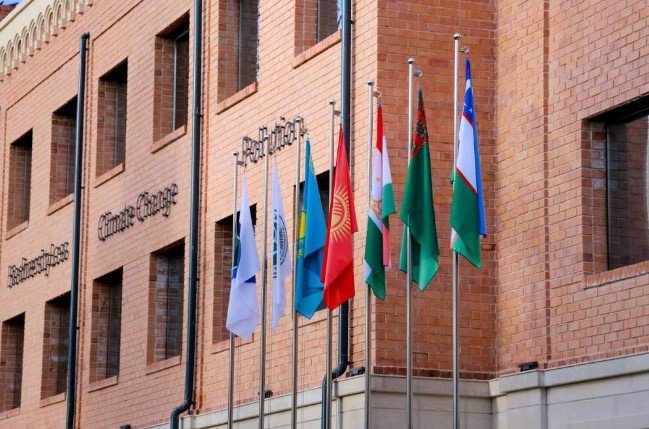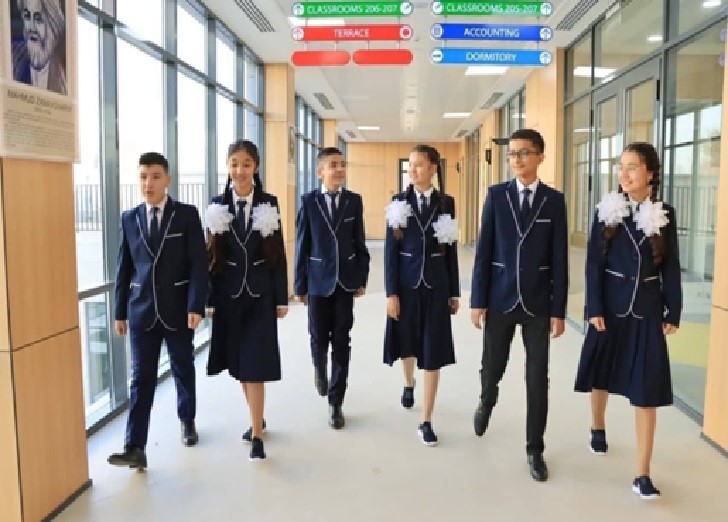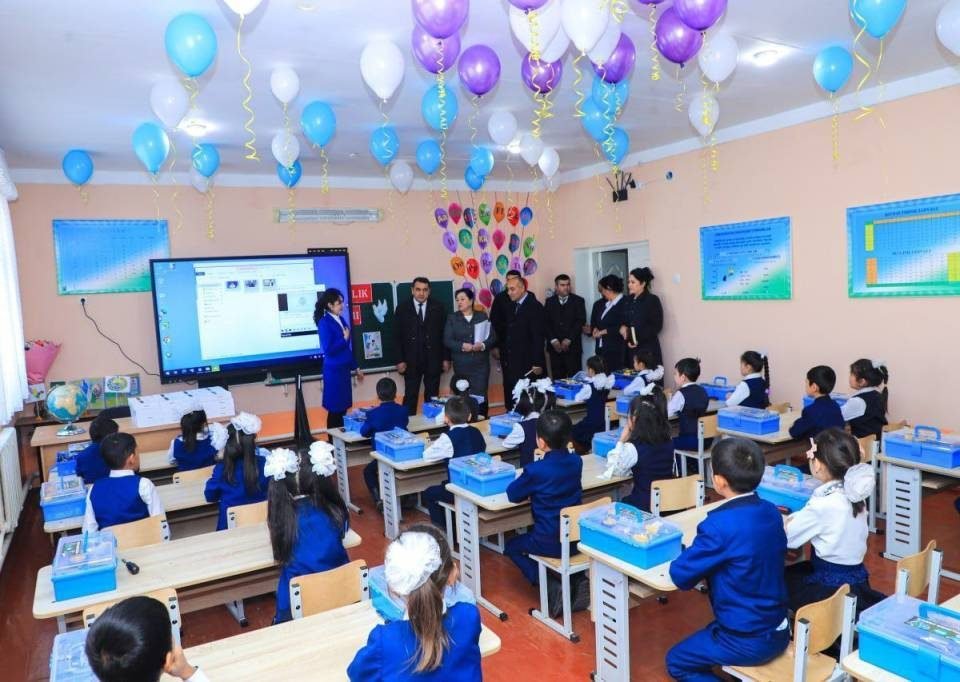More than 200 scientists and researchers from over 25 countries of the world, including the UK, Belgium, Germany, Italy, Spain, South Korea, the United States, France and Japan, are taking part in the symposium. Along with the discussion of fundamental and practical issues of global physics they have an opportunity to get closer acquainted with the development of the Uzbek school of physics.
It is everybody’s secret today that the specifics of Medieval Oriental Renaissance, in the first place, was manifested in the development of exact sciences – mathematics, astronomy, and physics – point out specialists of the Academy of Sciences of Uzbekistan. The names of our great forefathers are mentioned first, when the talk is about the Khorezm Mamun Academy and the Baghdad Academy known as “Baitul-khikma” (The House of Wisdom). In particular, Muhammad ibn Musa al-Khorezmi, who headed works in the House of Wisdom in defining the degree of longitude of the Earth meridian, was the first to apply the decimal numbering system of calculation and the zero mark and he also identified the coordinates of the pole. It was a dramatic turning point in the development of not only mathematics, but also astronomy. It was no coincidence that one of the major concepts of modern cybernetics – algorithm – got its title from the name of Al-Khorezmi. Ahmad Ferghani’s fundamental treatise “The foundations of astronomy” written in the 9th century contains first information on the global structure and arrangement, the measurement of the Earth and evidences of its spherical form. This book served as a basic textbook on astronomy in European Universities till the 17th century. Beruni was the first in the world science to calculate the degree of the Earth and to describe the condition of vacuum. Mirzo Ulughbek’s tables, drawn up in the 15th century, describe the condition and location of 1018 stars. It was the first catalogue of the stars in the world.
“The last 25 years of development of physical science in Uzbekistan have also been filled with the great number of discoveries,” underlined head of department of the Committee on coordination of development of science and technologies Ashiraf Muhammadiyev. “In particular, a new planet was discovered in the Maydanak observatory for the first time in history of Uzbekistan. In 2008, at the proposal of the first President of our country Islam Karimov, the Harvard Minor Planets Center awarded it the name of Samarkand. Here is another example; physicists of Uzbekistan were the first in the world, who with the use of new methods and with the help of solar energy managed to get materials, which under about 110-115 degrees on the Kelvin scale, acquire the superconductivity properties. Thus, were produced promising semiconductors on the basis of hard alloys, and for the first time in our country was set up a new original technology for production of semi-crystal silicon.”
Apart from that our physicists have introduced quite a number of applied developments. According to the Coordinating Committee on Science and Technologies development, more than 50 innovative developments were presented by researcher physicists at the annually conducted Republican Fair of Innovation Ideas, Technologies and Projects. The “Physics-Sun” Scientific-Production Association is a leader among them in terms of their quantity.
Today, physical science of the country is in the fairway of reforms. The main vector of its further development is characterized by the integration of academic scientific-research institutions with the university science. During the last year alone, the Scientific-Research Institute of Applied Physics and a number of departments of the Institute of Nuclear Physics merged with the Physics Department of the National University of Uzbekistan. Today, it is considered by right to be the main center of the country for the development of this science and training personnel.
25 academicians, 150 doctors of science and professors, many of whom continue to work within its walls, have graduated from this faculty in the course of its history.
Continuing the glorious traditions of the Uzbek school of physics the researchers of the faculty proceed to work on more than 30 national and international grants and business contracts with the active participation of their students.
Moreover, in its activity the faculty of the department cooperate closely with their colleagues from such leading higher educational institutions and scientific centers of the world as the Physical Institute of the Russian Academy of Sciences, the Moscow State University, the Saint Petersburg University of Optics and Mechanics, the Kiev National University, the Kharkov Institute of Physics, Pusan National University and Chinghai National University (Republic of Korea), the Potsdam University (Germany), the Astronomic Observatory in Belgrade and the Radio-astronomy Institute (Serbia), and the China Institute of Physics and Chemistry, according to the faculty dean Khojiakbar Daliyev.


























